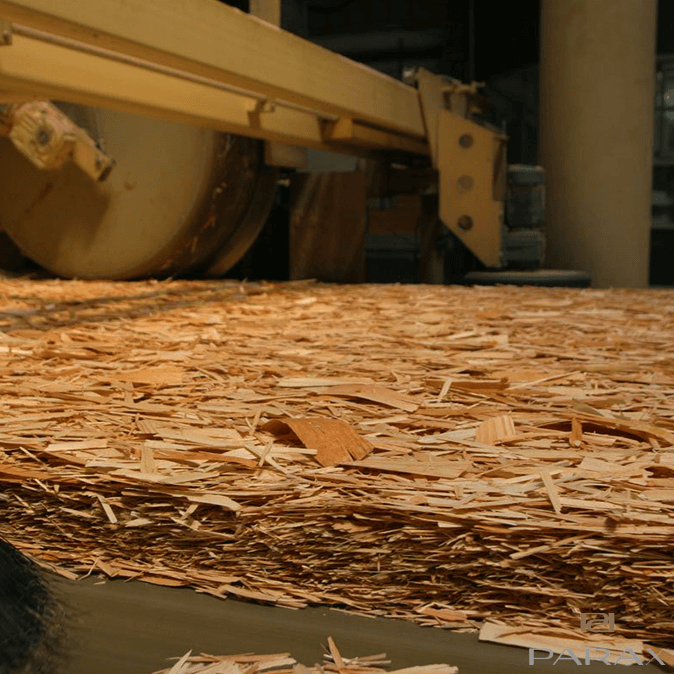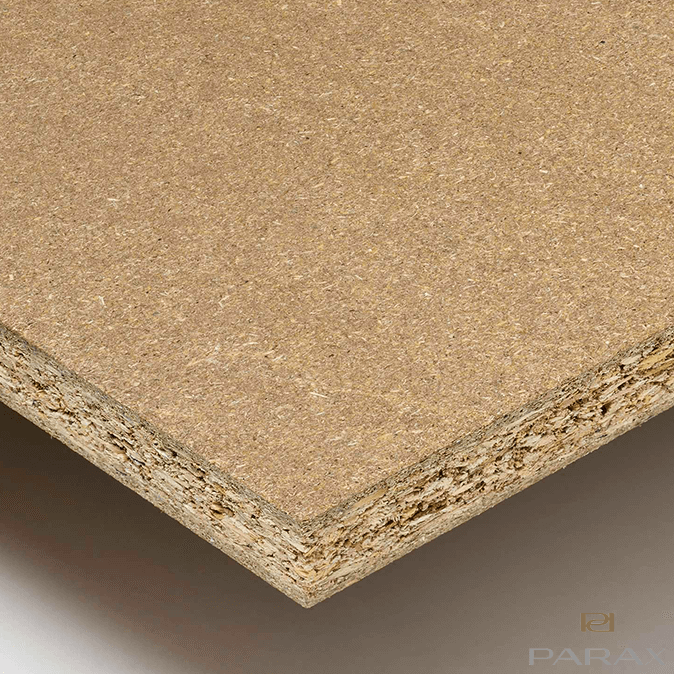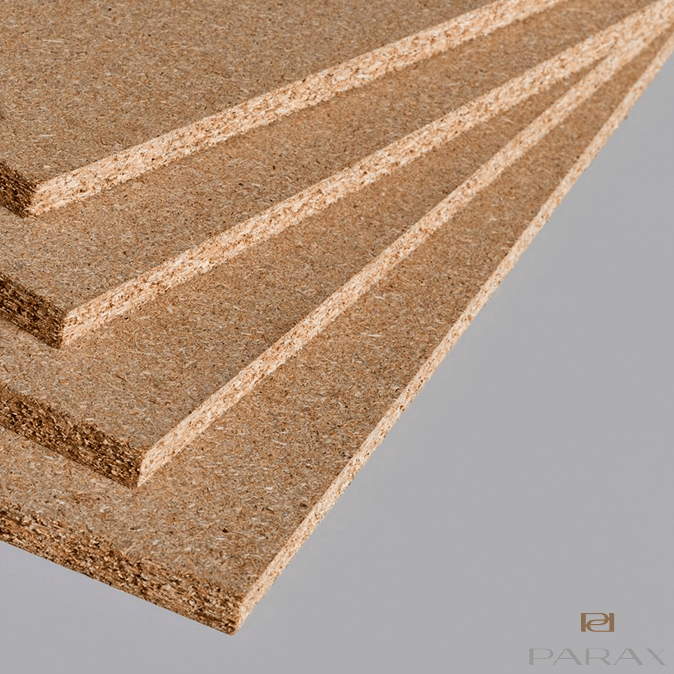
Multiple applications of chipboard sheet:
Chipboard has various uses and is widely used in construction. For example, the following can be mentioned:
- bed set
- the closet
- Cabinets
- wooden door
- Furniture
- Shelf
- Floors, walls and …
Why use chipboard?
- Cheaper chipboard sheet than other types of wood.
- If the strength and appearance of wood is not very important to you, chipboard is the best option.
- Being lightweight.
- Available in large sheets that can be decorated with melamine sheets.

Weaknesses of chipboard:
- Low strength of chipboard against pressure and heavy load.
- Chipboard is not environmentally friendly due to the chemicals used in its construction.
- Chipboard is sensitive to moisture, so that if the chipboard is placed in a humid environment, it may swell, discolor and flake.
- Having a not-so-beautiful appearance.
Classification of chipboard based on manufacturing methods:
- Roller press
- Mold press
- Page press
Chipboard classification based on veneer:
- Wood veneer without veneer
- Wood veneer with natural veneer
- Synthetic wood veneer
- Varnished wood boards

The difference between chipboard sheet and MDF:
- Low price of chipboard compared to MDF.
- More strength and resistance of MDF than chipboard against impact and abrasion.
- Unlike chipboard, MDF is more resistant to moisture.
- MDF is also used as sound insulation.
- Chipboard weighs less than MDF.
- MDF has a sleek and beautiful appearance compared to chipboard.
- Unlike chipboard, MDF is also used in interior decoration.
- MDF is more compact and more dense than chipboard.
Features that affect the price of chipboard:
Material quality
• Manufacturer
• Weight
• Diameter
Last word:
Despite the lower price and weight of chipboard, keep in mind that the material has a high vulnerability to wear, corrosion, moisture, pressure and… And it is used in places where the beauty of the work does not matter much.We hope that by presenting this article, Parax has been able to provide you with practical information in the field of chipboard, dear user. You can ask your questions about the price of chipboard through the available communication channels with our experts.


